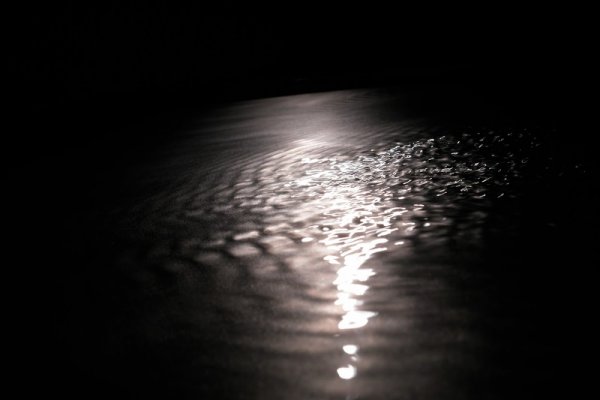A conjunction of sight, hearing and feeling creates a convincing narration, which we as observers are able to follow. The moments of silence lead into reflection, when the water surface is calm - in expectation of the next change in sound forms and thus an interruption in the unfaltering monotony during which the sound, as a uniquely tangible element, finally triggers a shift in the water particles. The absence of information, the observed void and lastly a passage into meditation during the silent moments facilitates comparison and analysis, so strengthening the impression of what happens next.
Starting from this approach, the installation can be linked with a form of contemplation or meditation in Zen Buddhism: The spirit observes itself without intervening in the observed, without accepting or rejecting something – like someone who sits down on a riverbank to watch the water flowing by.
The design elements (water, sound, light, space) are subject to alternative organisational patterns that are, however, not determined by a concrete medium. In the course of initially intuitive processes, in which each of these elements assumes its importance, they are joined in a complex interplay: the design element changed by sound (water) produces temporally and spatially dynamic forms. Complex visual patterns emerge, marked by repetition, sequencing and discontinuity.
Due to the constant design and structural changes in the water, the installation inscribes itself in specific spaces (the exhibition space) and participates in these spaces both through the location of the installation (the spatial arrangement of the objects and the relationship this creates between them and the space) and also the interaction with the light reflexes, produced by light reflections of the water forms on the walls of the exhibition space.



